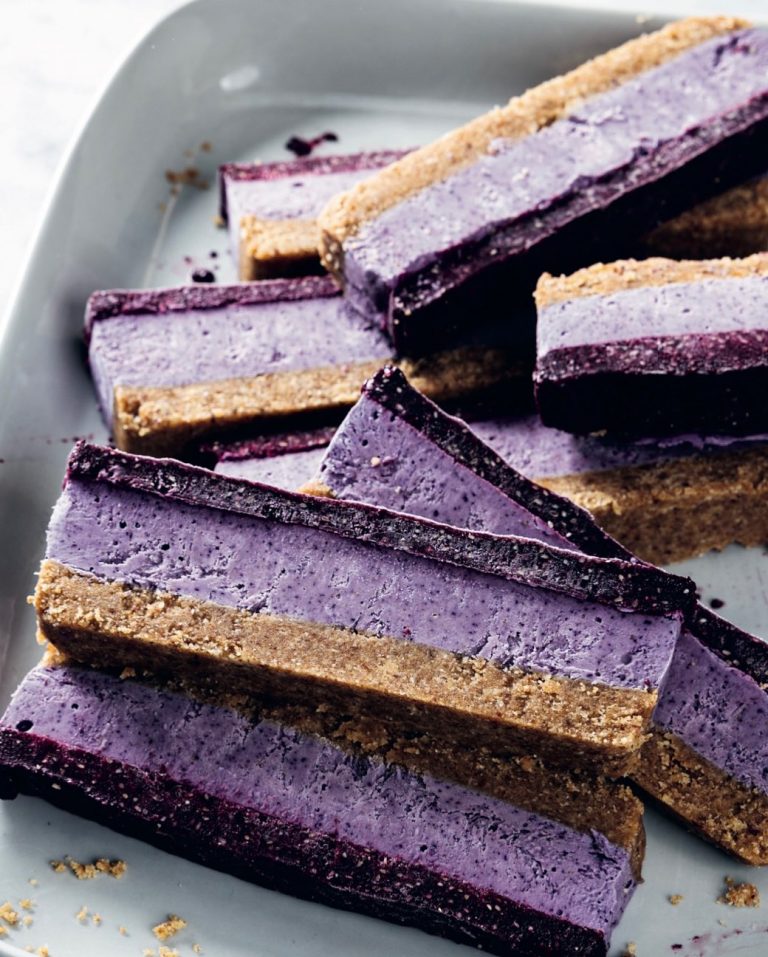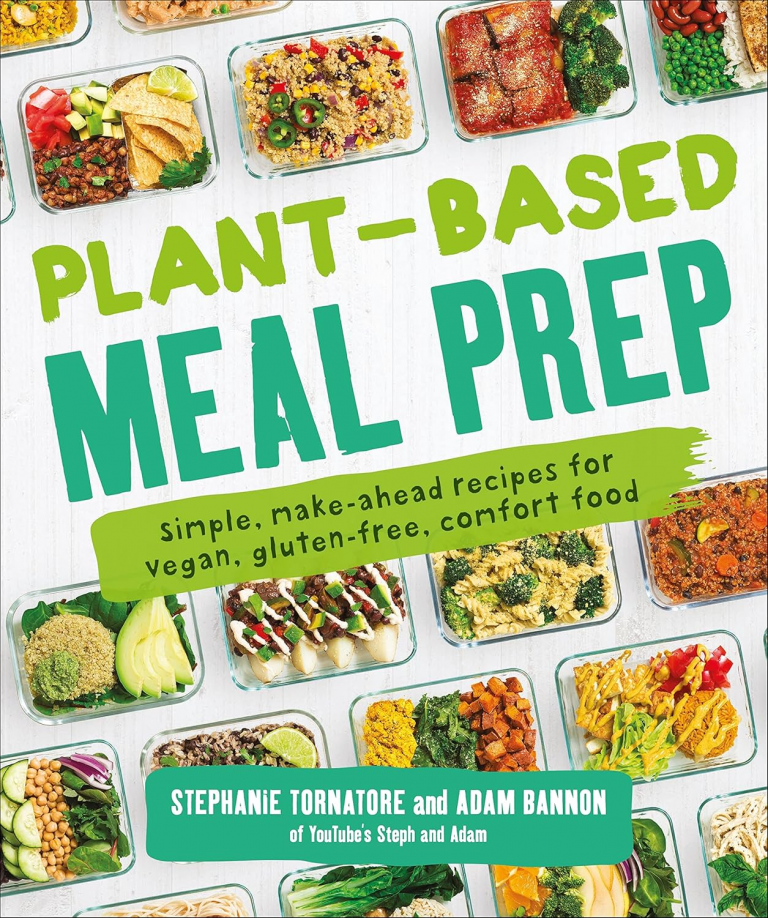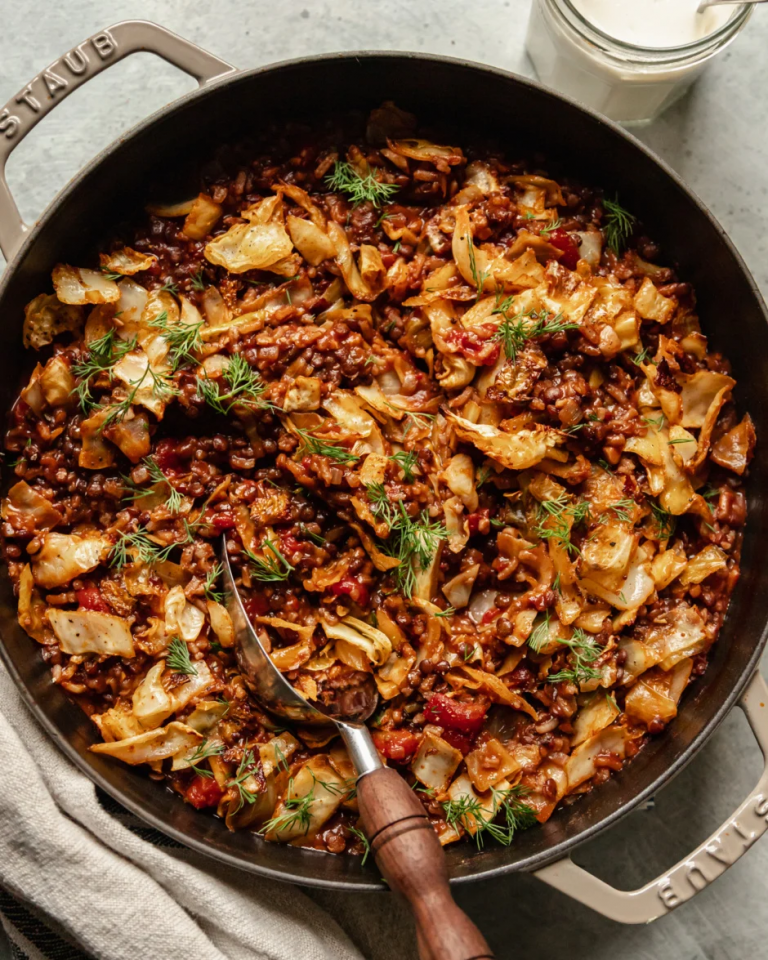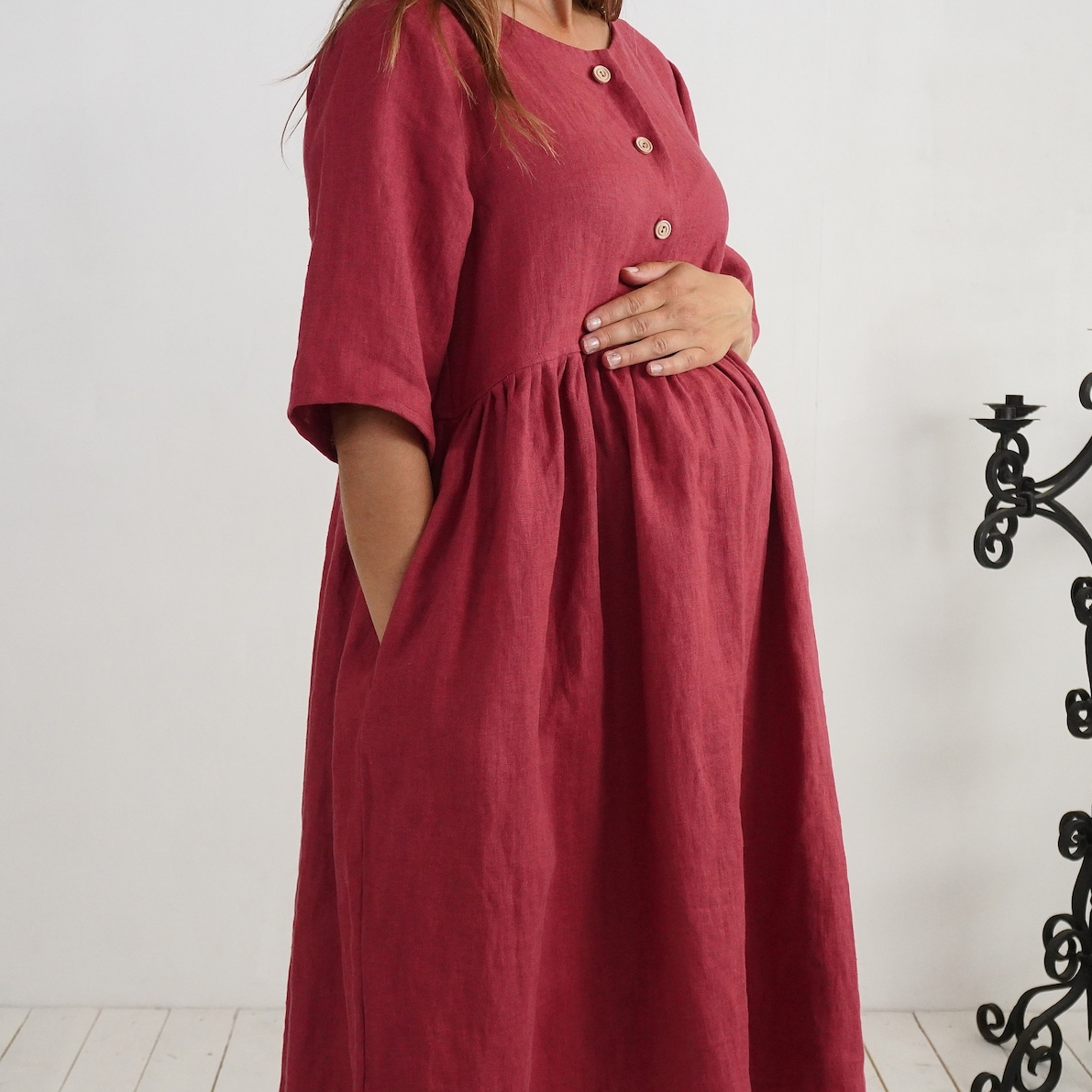
Pregnancy is a time for self-care as your body changes and your comfort matters. You could simply wear bigger clothes. But for maternity clothing, there are more sustainable choices, like this pretty linen breastfeeding dress.
For items that use a little elastane, launder in a microfiber filter. Due to allergies and sensitivity, launder with unscented biodegradable laundry liquid.
Wearing natural fabrics like organic cotton, hemp and linen are not just good for the planet. But when pregnant, you’ll likely find them more comfortable too, as they let skin breathe, and keep you cooler in hot wear.
And you can safely launder them in machines, without leaching microplastics out of machines, and into the sea. Not something you wish to see in the future, your impending little one!
Organic Cotton Maternity Clothing
Organic cotton is a clear favourite for maternity wear, and it’s easy to see why. It’s softer than regular cotton, kind to sensitive skin, and grown without harsh chemicals.
Since pregnancy sometimes brings itchy or reactive skin, choosing organic cotton gives peace of mind along with comfort.
Hemp is another good choice. It grows organically (it’s only distantly related to cannabis and has no narcotic properties). It can be grown in England, and like cotton, keeps you cool in summer, and warm in winter.
Linen Maternity Wear
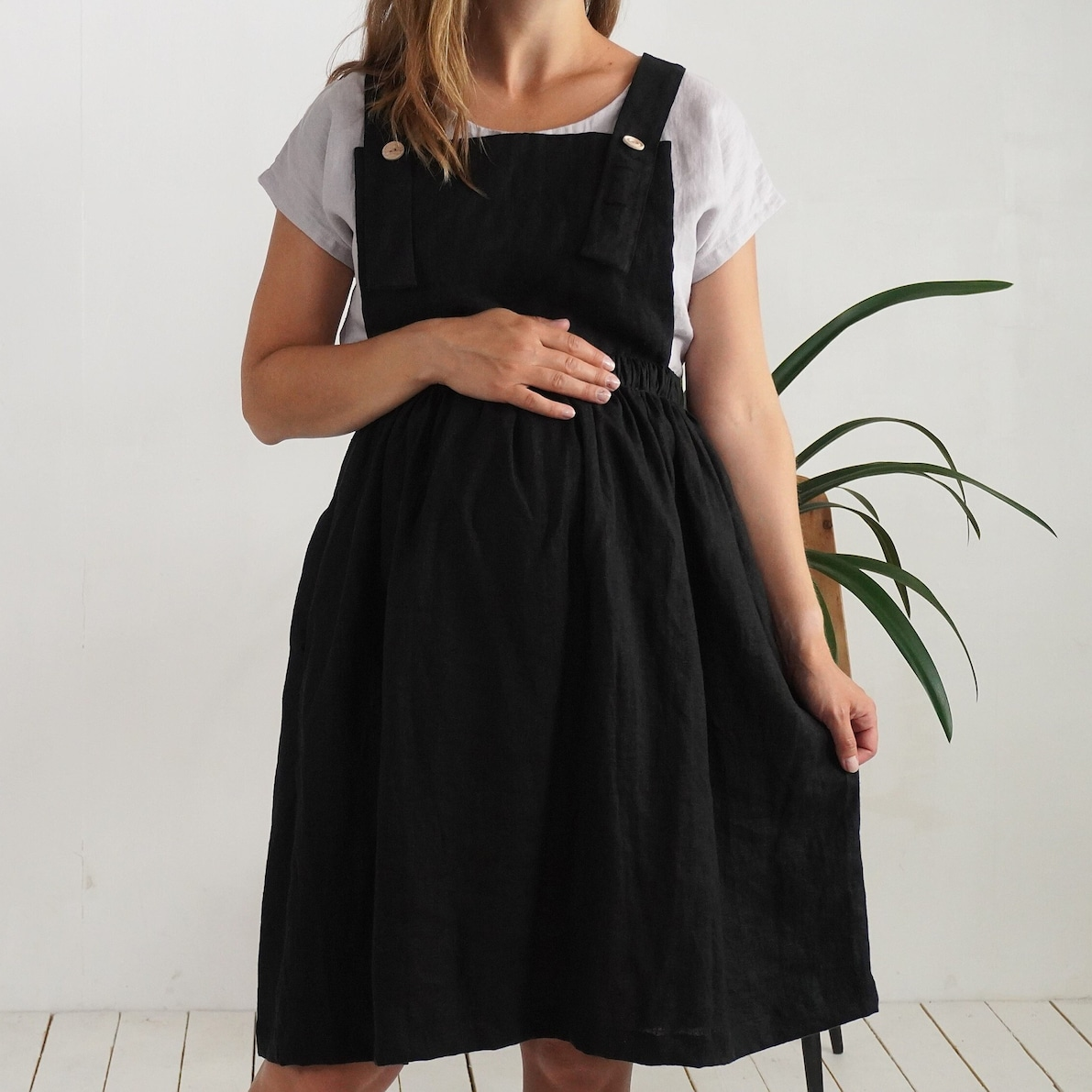
Like hemp, this fabric (from the flax plant) can be grown locally (mostly in Europe). It’s a bit crumply, but as long as you don’t mind a few wrinkles, this is a very comfortable fabric, that gets softer with wear. This linen pinafore dress is made with love and care in Latvia.
Made with stone-washed linen fabric, the skirt-dress has cross-back dungarees that close in front with buttons in four heights, plus two side pockets (available in various colours, order a size up if pregnant).
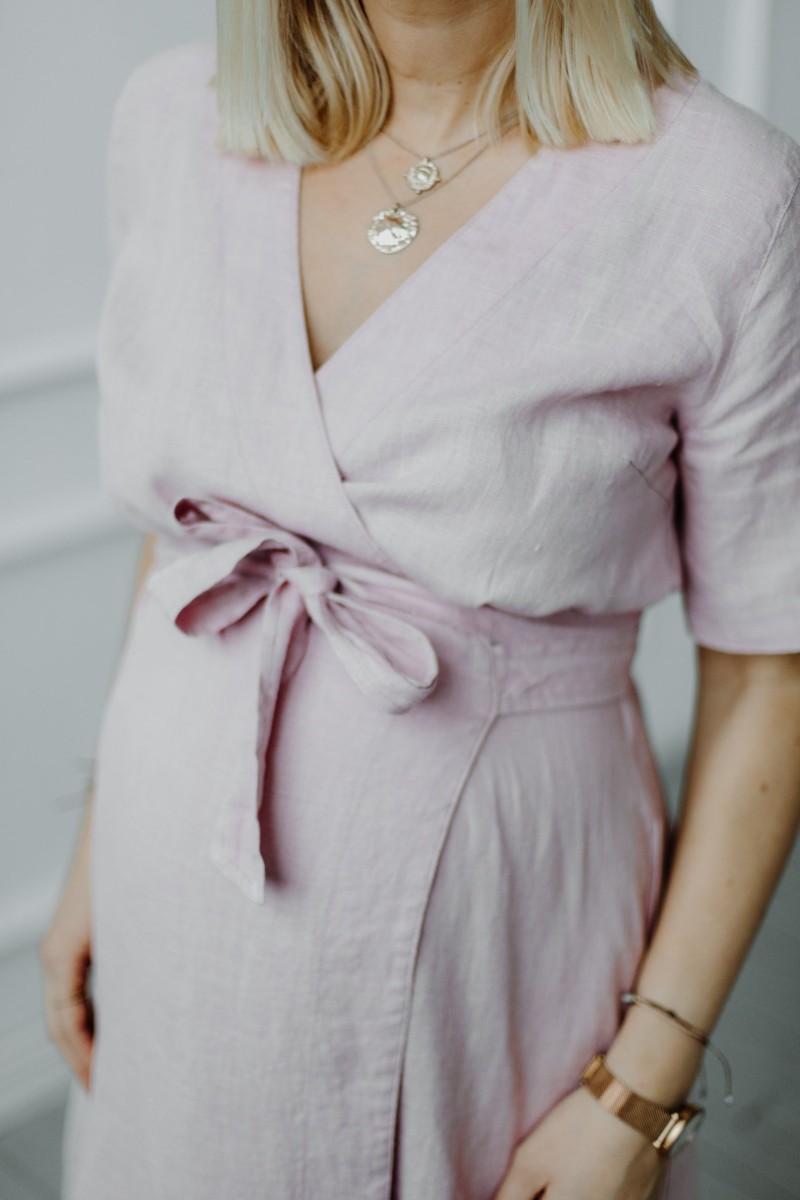
This pretty linen maternity dress has useful pockets, choose from several colours.
Rent Maternity Clothing
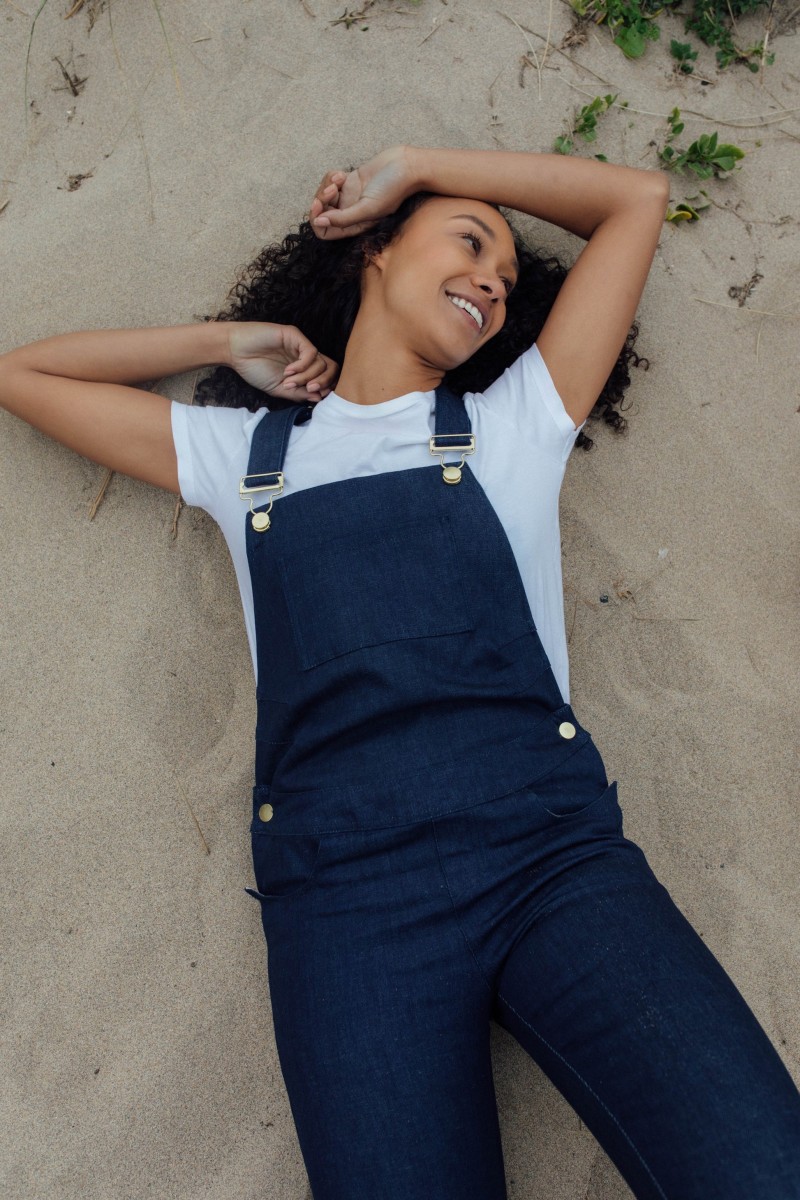
If you can’t afford to buy sustainable maternity clothing (and considering you won’t need it after a few months), renting it is a good idea.
You just sign up and rent your favourite pieces, then send them back when you’re done. This also helps to reduce cost, and waste in the fashion industry. Items are usually laundered to industrial standards.
My Nice Pair offers maternity dungarees made from mostly cotton, with a little elastane. In various styles and colours, these can adjust to your waist size. The difference is that you can then send them back in the rezip bags, to replace with other designs.
You can rent dungarees for as long as you like (send them back for professional laundering) and there is also the option to buy preloved dungarees.
Sew Your Own Maternity Clothes
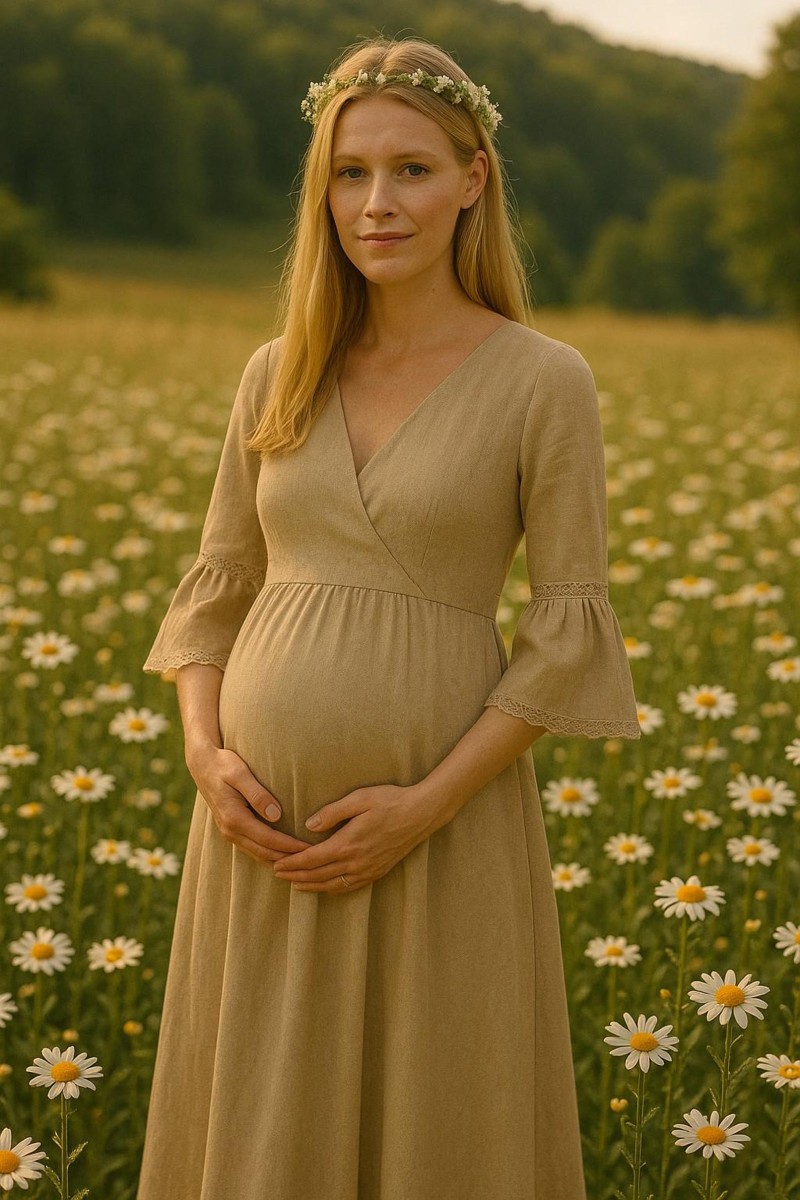
If you’re handy with a sewing machine, there are plenty of patterns to choose from, for comfortable and easy-to-customise maternity clothing. Choose nice organic cotton fabric and the clothes will be as comfortable, as they are beautiful.
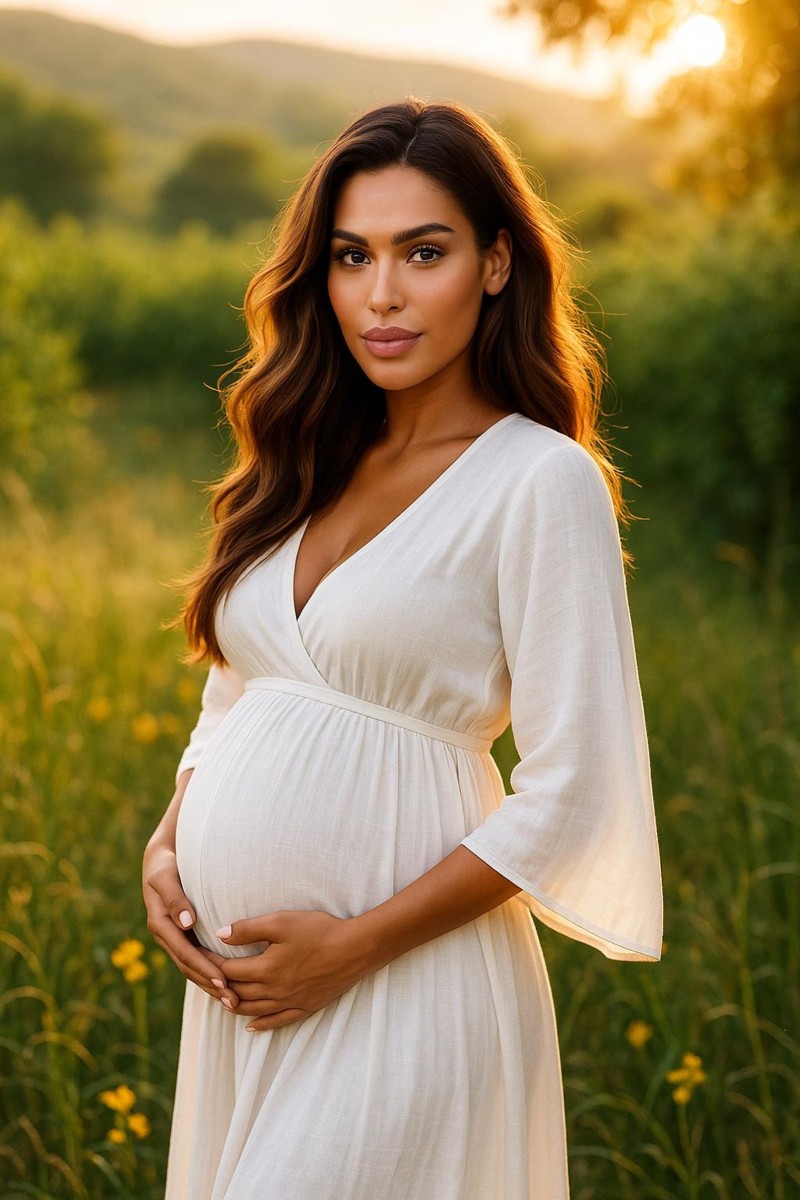
Sewing your own clothes also lets you adjust fit, and add handy features, like extra length or pockets. As long as you know how to sew, it also works out much cheaper than buying clothes. Check out this pattern for a white linen maternity gown.
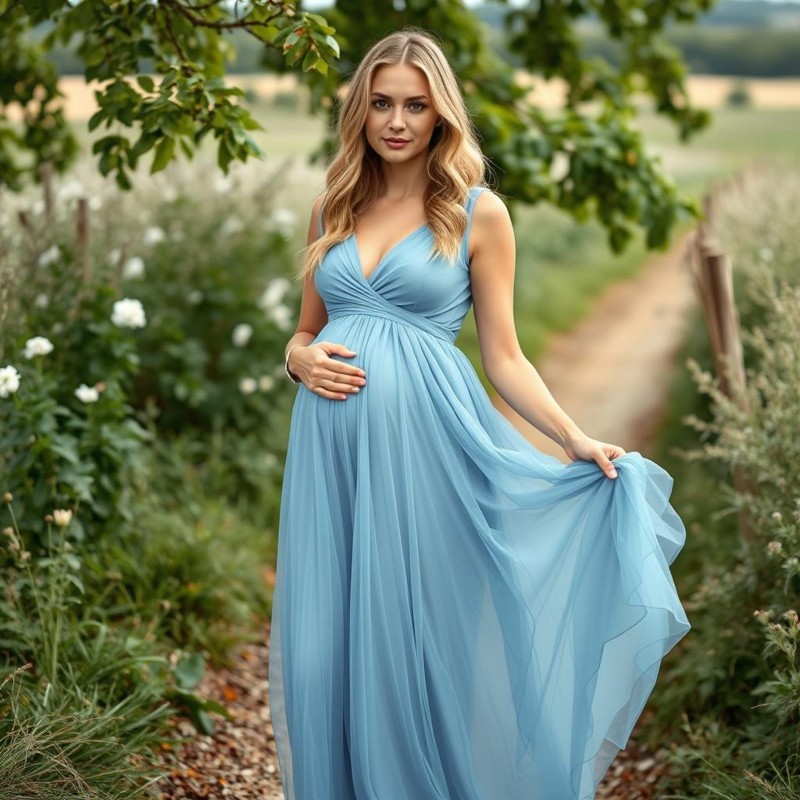
How about these two patterns for stunning evening maternity dresses? Available as instant PDF downloads. Here’s the light blue evening dress pattern.
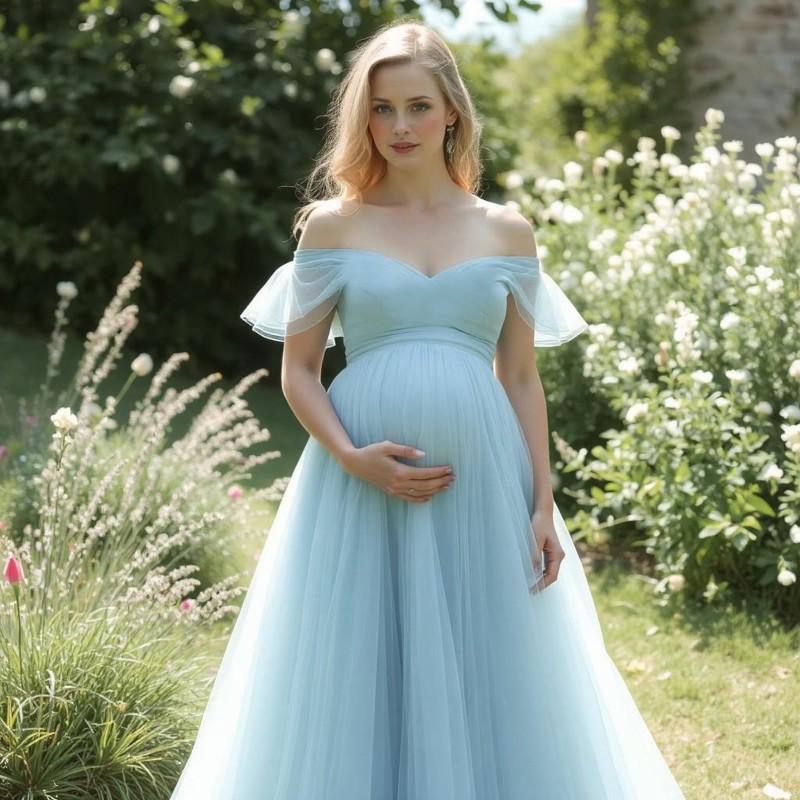
This Hinterland dress sewing pattern is easily modified for maternity and nursing wear. It features three sleeve options, partial or full button-down plackets and inseam pockets, with a loose fit and side bust tarts, with option to remove buttons.
Maternity Clothing with Breastfeeding Panels

Frugi (a Cornish children’s clothing brand) also have a range for grownups, made mostly from organic cotton. Sent in sustainable packaging everything is fairly-made.
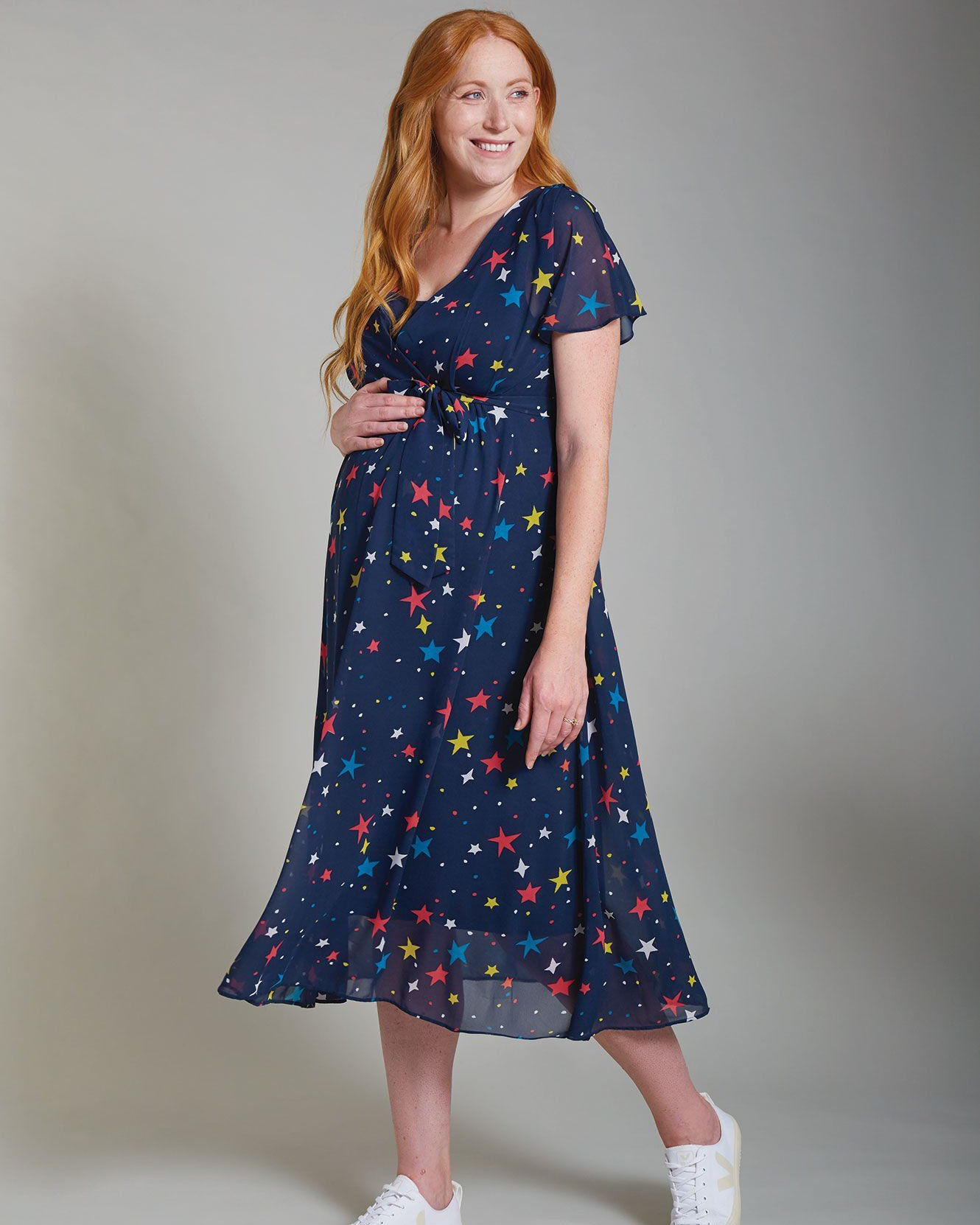
What makes these award-winning clothes so special, is that they have clever hidden panels for discreet breastfeeding, so make a good investment, after you’ve given birth.
Second-Hand and Swapping Schemes
Although it’s not good to buy second-hand baby mattresses etc (due to mould risks), second-hand maternity clothing of quality is a good buy, so search for locally-owned charity shops for bargains, or online.
Another idea is ‘swishing’, which is when local friends and neighbours meet up to swap clothes they never wear, rather than throw them away. If you belong to an anti-natal class, perhaps you could get together to do the same, but for maternity wear (some may have previous clothing, from births before).
This enables everyone to find clothes they love, that cost nothing. Other than a few non-alcohol drinks and a few nibbles to snack on!

